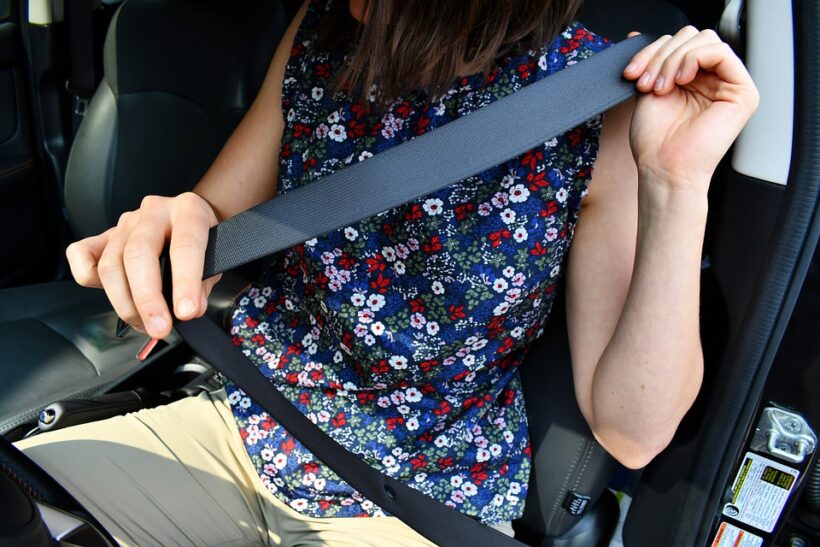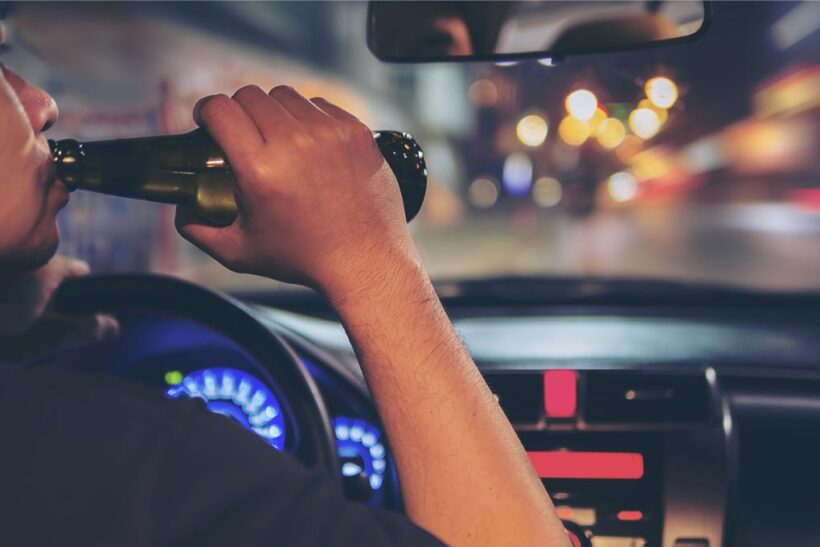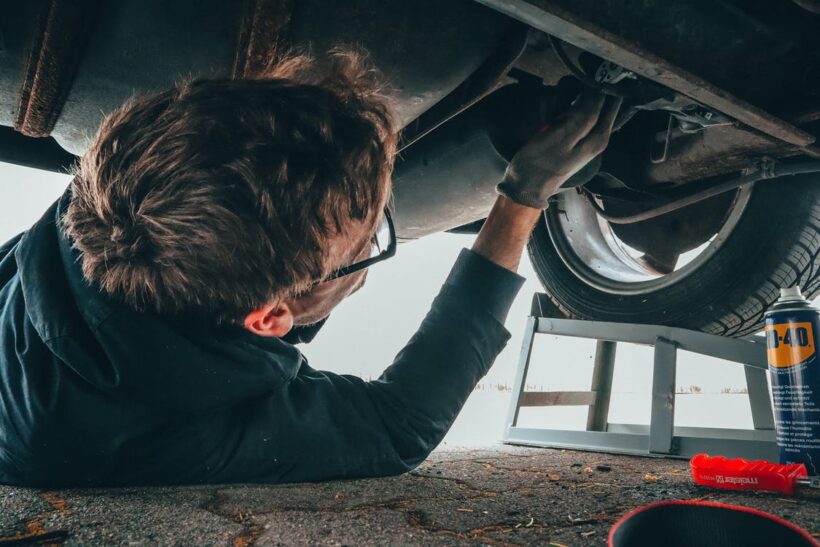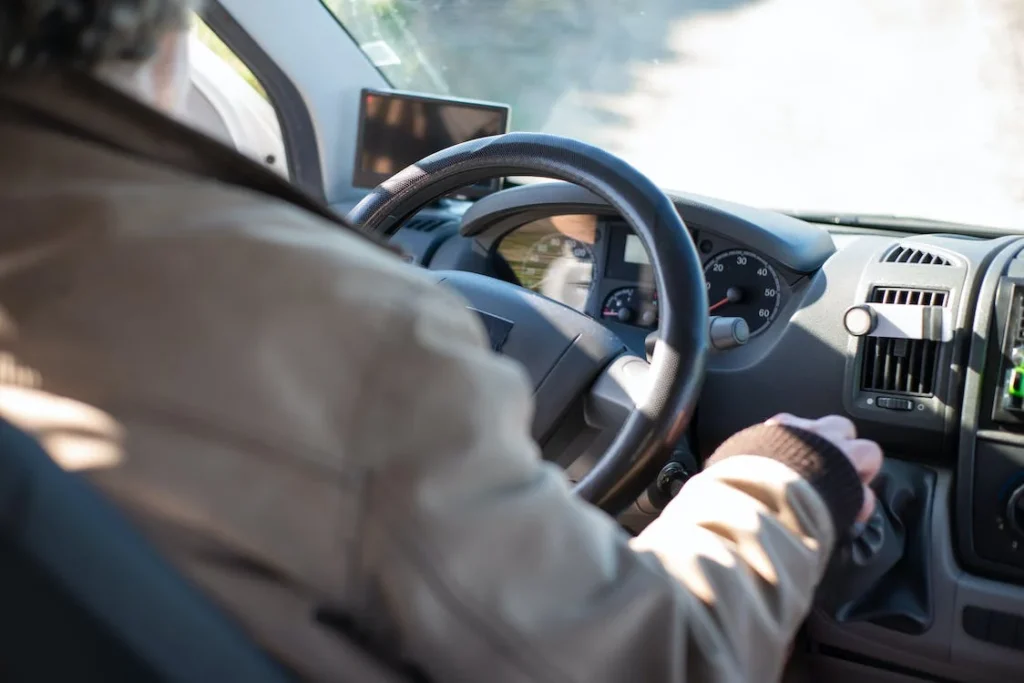Every time you enter a highway, you’re entrusting your life to several tonnes of moving metallic boxes controlled by other drivers.
Oftentimes, there will be faults in these vehicles or the drivers—causing injurious or fatal mishaps.
According to the Bureau of Infrastructure and Transport Research Economics (BITRE), there were 1,123 road crash deaths in Australia over the last year.
While we can’t predict a car accident, we can take proper preventative steps to help keep ourselves and others safe on the road.
Here are seven helpful tips to help you become a smarter driver.
Always Wear Your Seatbelt

Your seatbelt is your guardian angel on the road. According to one study, seatbelts save approximately 50% of vehicle occupants in a full-on collision.
A seat belt gives you the best chance of staying safe and uninjured during a car accident. Not only does it keep you in your seat during a collision, but it also absorbs some of the impacts and distributes the force evenly throughout your body instead of letting one body part suffer the most.
While a seatbelt guarantees your physical safety more often than not, you don’t want to end up paying thousands of dollars out of pocket for medical bills and car damages.
Consider comprehensive car insurance from ROLLiN’ to cover you in the event of an accident. Click here to check them out!
Drive Distraction-Free
Do you find it tempting to check your phone or fiddle with the music while driving? You’re not alone. But while this may seem like harmless multitasking, it puts you at a significantly higher risk for accidents.
The National Highway Traffic Safety Administration (NHTSA) reports that distracted driving is a factor in 8% of all fatal crashes and 14% of injury crashes last 2020. In the same report, 3,142 people have been killed as a result of someone driving distracted.
Instead of thinking that you can handle using your phone while driving, it’s best to avoid the temptation altogether. Keep your phone out of reach and in silent mode so you’re not tempted to check it. If you need to use your phone or are expecting an important call, pull over to a safe area before engaging with the device.
Drive the Speed Limit

Speeding is one of the most common driving offenses. Even if a highway seems empty and spacious enough to give it a go, it’s still best to stick to the posted speed limit.
It’s important to keep in mind that your car is a multi-tonne vehicle that can get mangled and cause serious injuries, even at low-speed collisions. When you’re driving fast, the consequences and risks become much worse. This is especially true if you’re making a turn or swerving to avoid something on the road.
To tread on the safe side, drive steadily and within speed limits. Not only is this a legal requirement, but driving too fast also increases your chances of getting into an accident.
Obey Traffic Signs
Red means stop, and green means go. Simple enough.
But you’ll be surprised at how many drivers choose to run a red light or make an illegal turn. This disregard for traffic signs and signals is one of the most shortsighted things you can do in the name of saving time.
Not only does this put you at risk of crashing into another vehicle or pedestrian, but it also puts you at risk of getting pulled over and ticketed. If you want to avoid an accident and costly traffic violation, make it a habit to stay within the law and follow all traffic signs.
Don’t Drive Under the Influence

This one is a no-brainer. Driving under the influence of drugs or alcohol is not only illegal, but it’s also incredibly dangerous.
According to the Centers for Disease Control and Prevention (CDC), over 10,000 people were killed in alcohol-related crashes in 2018 alone—that’s a death every 50 minutes. You’re not only endangering yourself, but you’re also hurting everyone else on the road when you choose to drive drunk or high.
If you have plans to go out to a bar or club, plan and designate a sober driver for the occasion. You can also call a cab or take public transportation. The bottom line is, don’t drink and drive.
Don’t Tailgate Other Vehicles
If the car in front of you suddenly stops or slows down, you’re likely to rear-end them—and that’s not a collision you want to be in.
Tailgating refers to following too closely behind another vehicle. This increases your chances of colliding with them if they have to brake suddenly.
To avoid this, give the car in front of you enough space. The general rule is to maintain a two-second following distance. You can do this by picking a landmark and counting the time it takes for you to reach it after the car in front of you passes it.
Keep Your Car Maintained

Human error isn’t the only thing that can cause accidents. Sometimes, it’s also due to equipment failure.
This is why it’s important to keep your car in good condition. Check your tires regularly to see if they need air or replacement. Make sure all your lights illuminate the road properly. Make sure your steering wheel and handles are checked by a professional annually.
When it comes to car safety, it’s always best to take a proactive approach over a reactive one. By doing so, you’re minimising the risks of things going terribly wrong when you drive.

